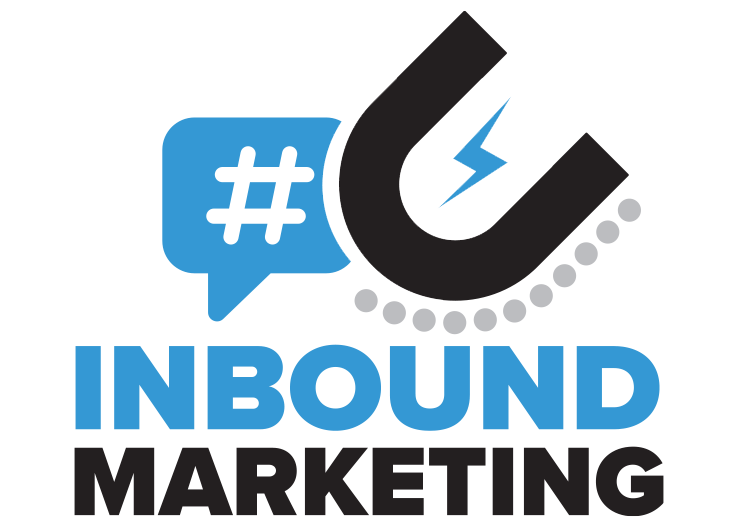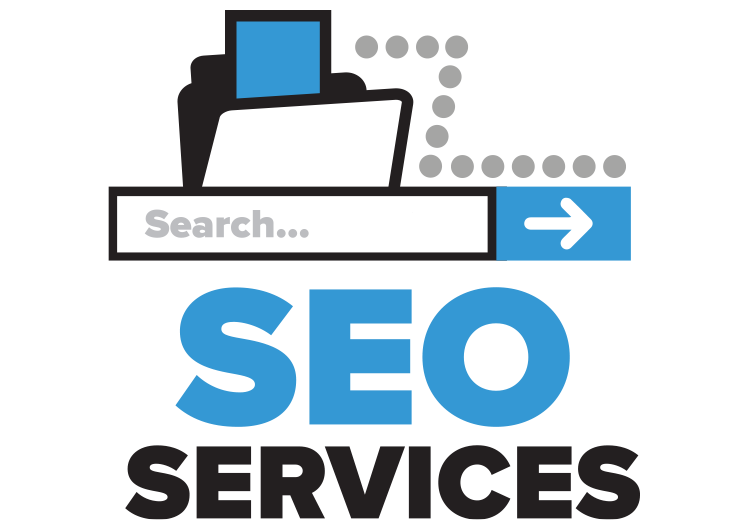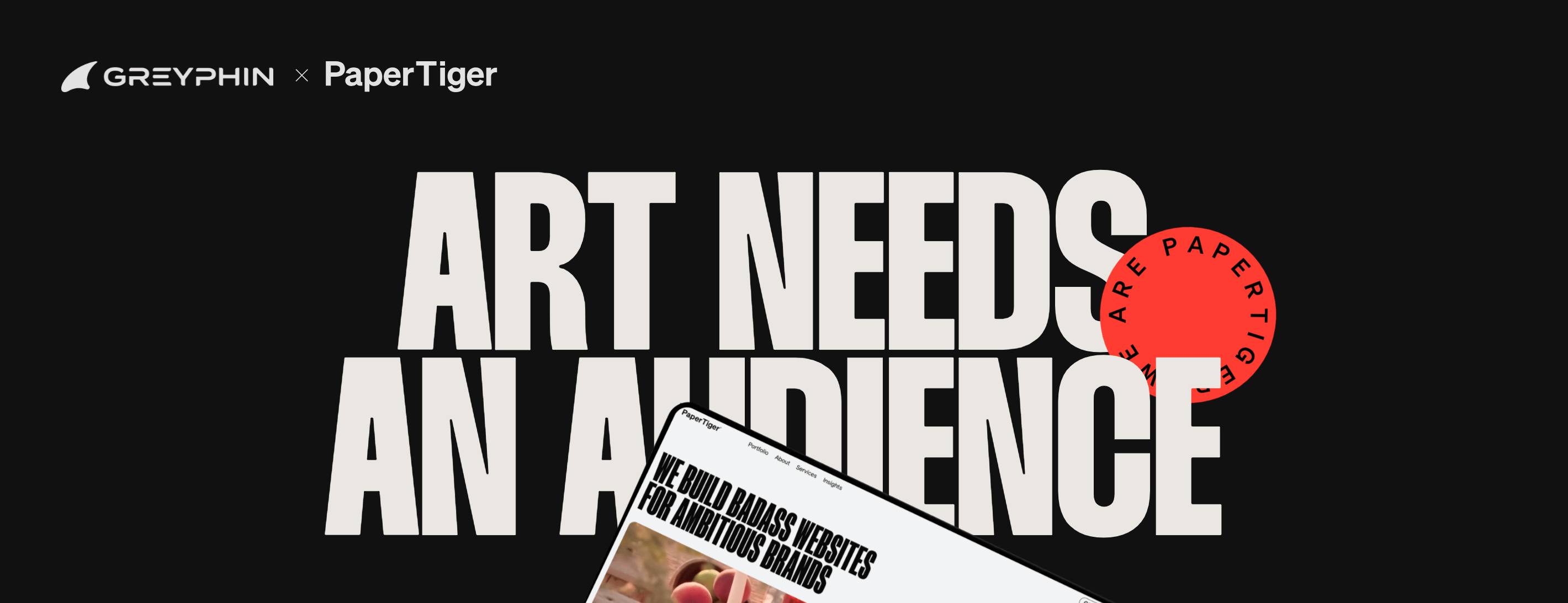
Is your competition your enemy? We’ve been thinking a lot about this, and we don’t think so.
Often brands are defined by their competition. In fact, competition is usually one of the first things marketers research. Want to boost a brand? Look at what their competitors are doing well or not-so-well, then act accordingly. Do what you need to do to either stand out from that competition or to place your service or product in the same league. That’s the way things typically go. But this competitive spirit often overshadows opportunities for collaboration. Perhaps that company isn’t your enemy after all. We want to think about the ways that, if handled ethically, competing companies can unite their efforts to benefit both.
How am I supposed to collaborate with my competition?
Fair question let’s break it down. Let’s say, for example, you represent a brand that produces luxury travel bags. Roller bags, purses, laptop bags, the works. All under a celebrity brand name. As such, your competition would lie in two major categories: the extreme contrast of budget brands and the nuanced comparison to other luxury brands. While these would each require differing strategies, they both present opportunities for collaboration.
Marketers will typically highlight the contrasting competition because a persuasive argument comes pretty easily when the difference between the two products is so stark. In the case of our luxury travel bags, the comparison of our products to those of a household budget brand, like American Tourister, would highlight obvious differences. Since budget companies produce bags for the average individual, who doesn’t travel constantly, the products can be of medium to low durability or quality to achieve a more affordable price. When the difference between brands is less contrasting, marketers have to dig into each of the small details about the product to create the contrast needed to set their brand apart from the others.
As such, this kind of competition forces brands to fight it out. They say some version of, “Look how much better our product is because of X.” The luxury brands attack the quality of the budget brands; the budget brands attack the price point of the luxury brands, and so on. They justify their existence through critique of the other. But we all know there is a reason and a need for each of these products, right? So why not accept and celebrate that? Rather than trying to shout louder than the other party, collaborative marketing does just that. It takes what would have been a competitive relationship and highlights each player’s purpose.
So what does collaborative marketing look like with this example?
It looks like combined air time and ad campaigns. It looks like lead-sharing and community building around the goals you have in common: encouraging people to travel and purchase a bag to take with them. These campaigns might be something like,
“Taking your first big trip? Then, you need your first big bag from our friends at Affordable Luggage. If you're a seasoned traveler looking for a lifelong travel companion, come check out our luggage selection.”
The collaborative approach highlights the existing contrast between the two brands with respect, acknowledging that there is a reason why they both exist. It asserts that one of these brands is more appropriate for a particular audience or purpose, but that does not make them better.
Why would My brand choose something like this over the traditional competition methods?
Of course, there are plenty of situations that don’t lend themselves to collaborative marketing. There are some brands you wouldn’t want to be associated with and some brands that don’t have a lot of exposure to offer, so the relationship would be more one-sided. As with all marketing methods, collaborative marketing should be applied strategically and with care. But that doesn’t mean there aren’t benefits as well.
Collaborative marketing makes use of both party’s platforms. This means it significantly expands the reach of the campaign, putting your brand out in front of many new potential leads. It’s also just a more positive form of marketing, building successes together rather than as a result of tearing one another down. Ethically speaking, it feels good. But this collaborative relationship presents one additional advantage. Beyond achieving results through more holistic methods, it also lends your brand a great deal of credibility. When audiences see what appears to be a competitor sending their traffic your way, they're likely to be both surprised and reassured. The approach lends your brand some authority and respect within this particular community. Overall, this kind of marketing builds your brand and its reputation in a net positive way.
And there are some really great examples of collaborative marketing done well out there.
__________________________
So we're in favor of shifting the balance of marketing from agonistic competition like enemies to collaboration like peers. Why are we thinking about this so much? Well, for one, we've been thinking a lot about marketing ethics lately. But beyond that, we may have a little secret. Stay tuned.
In the meantime..










